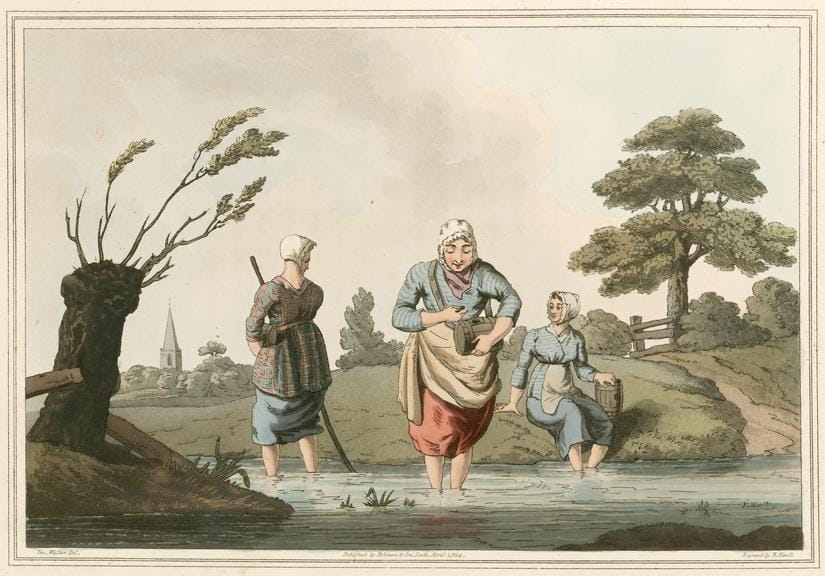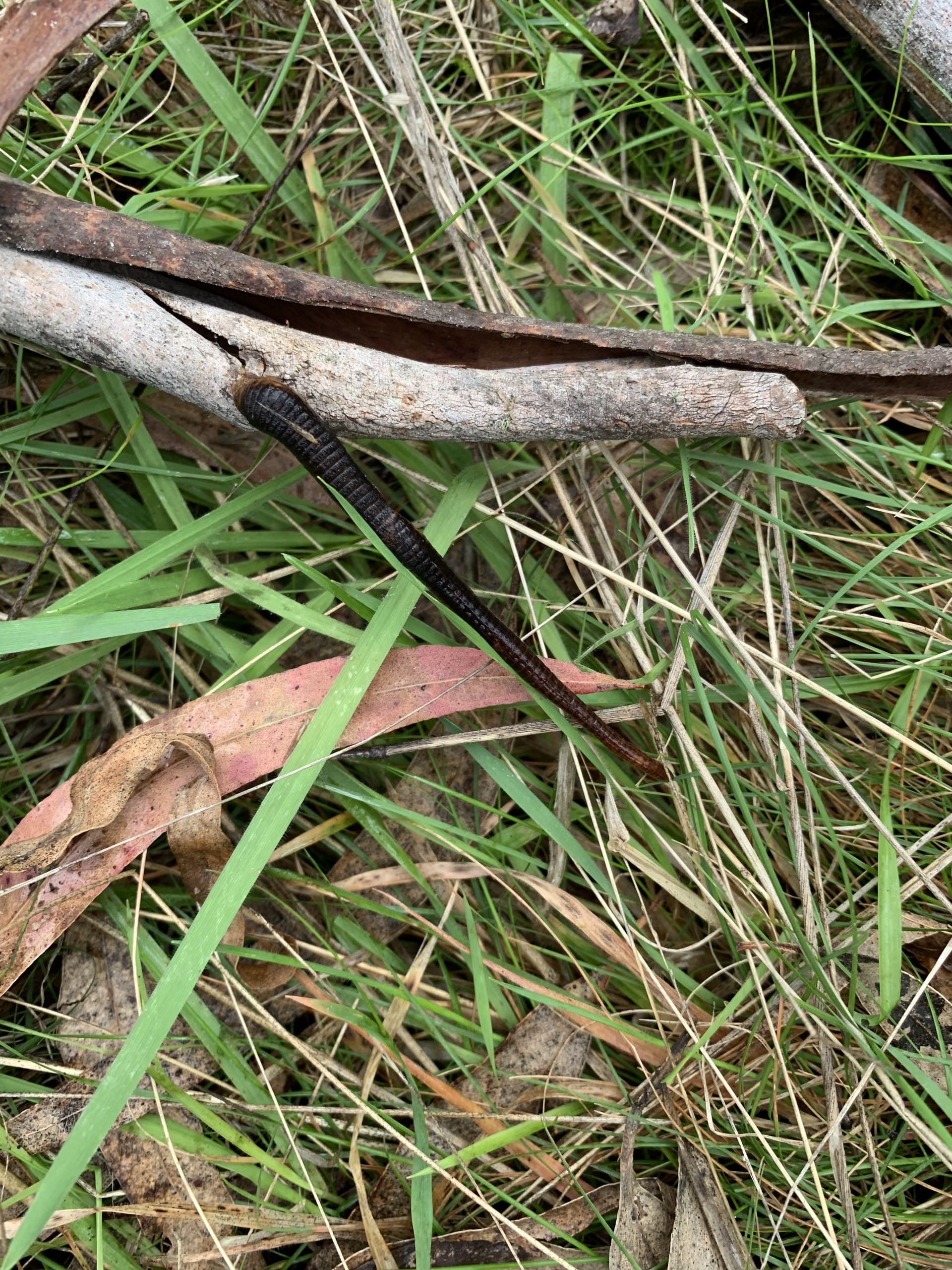Leeches are miraculous creatures. If you’ve been hiking just about anywhere in Victoria, then it’s likely you’ve encountered one of these little bloodsuckers. They are squirmy, slimy and very stretchy.
As the weather warms up and more people head into the outdoors, the chances of encountering a leech increase.
For many people, that’s an unpleasant thought. But these remarkable animals are a part of the wider ecosystem and they are, in their own way, beautiful.
Australia is home to 70 leech species and there are more than 500 different species worldwide. They range in size from the 40cm long, 7cm wide Giant Amazon Leech of South America to leeches from Lake Baikal in Russia no more than 1cm long.
Leeches have been used in medicine for thousands of years. People believed disease was caused by an imbalance of the “four humors” – blood, phlegm, black bile and yellow bile. Leeches were used to treat “excess blood”, for obvious reasons.
There was a whole cottage industry of leech gathering and farming. Doctors had special leech jars to carry on their visits to patients. Some stately homes even had leech houses where they were stored.
While this theory is long discredited – if anything, removing blood made things worse for patients – leeches have found a new life in modern medicine. For example, they can stimulate blood flow into amputated or badly damaged limbs and digits.

Leech gatherers in Yorkshire, England – a 19th century drawing by George Walker.
Land Leeches and Water Leeches
Some leeches have jaws, some have a needle-like proboscis – similar to a mosquito. A very few species have neither, and simply swallow their prey whole. Sound terrifying? Not really. They only eat small bugs.
Leeches are an important part of forest and stream ecosystems. They are both predators and prey – feeding on and feeding other animals.
Victoria is one of the few places you’ll find leeches living on land. While they live on six continents, most leeches are aquatic and you’ll only fall victim if you’ve gone for a swim, or at least a wade.
Australia’s land leeches still love damp. They hang out near creeks and streams and move by squirming along like caterpillars. They use their front and rear sucker mouths to cling onto leaves or branches, waving around in the air, searching for a meal.
They have two jaws and will make a v-shaped notch in the skin. They can quickly gorge themselves with enough blood to triple their size.
You may not notice a leech has got you immediately. They release a natural anesthetic to numb the area around the bite, giving them time to indulge before they’re discovered. It takes them about 30 minutes to fill up, and then they will drop off.

The Australian land leech is the bloodsucking companion to many hikes in Victoria. Credit: Museums Victoria
Don’t get leeched
If you don’t find leeches cute or remarkable, and want to avoid them, it’s best to wear long sleeve tops and trousers. Leeches struggle to bite through fabric. You can also apply insect repellent to your skin.
If you do get bitten by a leech, consider taking a photo and posting it in the iNaturalist app. An expert might be able to tell you what species it is.
You can let them drink their fill and drop off on their own, but if you absolutely must get them off, use your fingernail or a piece of paper to scrape them away from your skin.
Leech bites continue bleeding for a while after the leech has detached because of the anti-clotting chemicals in their saliva. As long as you keep the wound clean so it doesn’t get infected, they shouldn’t cause any more problems.
Just remember, while they may be unpleasant, ugly and even disturbing, leeches have been part of the Victorian forest for millions of years. They have saved limbs and even lives and will for many years to come.

This land leech was encountered by a Parks Victoria ranger at Budj Bim National Park. Credit: Parks Victoria






